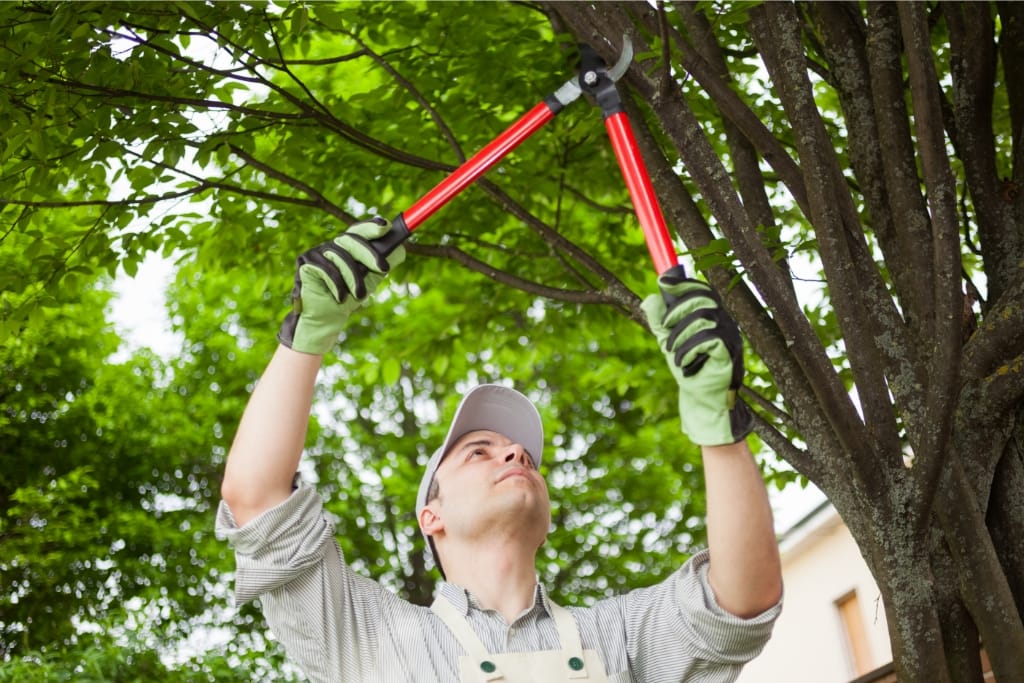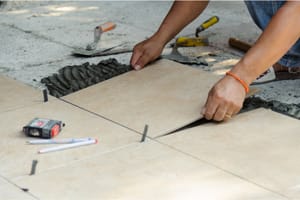Trees are a beautiful and essential part of any landscape, providing shade, oxygen, and aesthetic appeal to our homes.
However, like any living organism, trees can experience issues that may impact their health and longevity.
As a homeowner, recognizing and understanding these common tree problems is key to maintaining a healthy and thriving landscape.
By paying close attention to your trees and addressing these issues promptly, you can ensure the well-being of your beloved greenery for years to come.
We will discuss 8 common tree issues that homeowners should be aware of.
1)) Poor Soil Conditions
One of the most common tree issues is poor soil conditions. Trees require specific nutrients to thrive, and if the soil lacks these nutrients, it can lead to stunted growth or even death.
Signs of poor soil conditions include yellowing leaves, slow growth, and overall poor health.
It is important to test your soil regularly and amend it to ensure your trees have the nutrients they need.
2)) Pests And Diseases
Trees are susceptible to a variety of pests and diseases that can wreak havoc on their health.
Common pests include aphids, scale insects, and caterpillars, while diseases such as root rot, powdery mildew, and leaf spot can also cause significant damage.
Regular inspections of your trees for signs of pests or diseases are crucial to catch any issues early on and prevent them from spreading.
3)) Improper Pruning
Improper pruning can also be a significant issue for trees. Pruning is essential for promoting healthy growth and maintaining the shape of the tree, but if done incorrectly, it can lead to weakened branches or disease entry points.
It is important to educate yourself on proper pruning techniques or hire a professional arborist to ensure that your trees are pruned correctly.
4)) Root Compaction
Another common issue for trees is root compaction. When soil becomes compacted due to heavy foot traffic or construction activities, it restricts the ability of roots to access water and nutrients.
This can lead to stress on the tree and eventually result in decline or death.
Mulching around the base of your trees can help alleviate root compaction by providing a protective barrier.
5)) Environmental Stress
Trees are also susceptible to environmental stressors such as drought, extreme temperatures, pollution, and salt damage.
These stressors can weaken the tree's immune system and make it more vulnerable to pests and diseases.
Proper watering techniques, mulching, avoiding over-fertilization, and planting native species are all ways to help mitigate environmental stress on your trees.
6)) Girdling Roots
Girdling roots occur when roots wrap around the trunk or other roots of the tree instead of growing outward into the soil.
This restricts the flow of water and nutrients within the tree which can lead to decline or death over time.
Regularly inspecting your trees for girdling roots during planting or transplanting can help prevent this issue from occurring.
7)) Storm Damage
Severe weather events such as storms or high winds can cause significant damage to trees in your yard.
Broken branches or uprooted trees not only pose a safety hazard but also impact the overall health of the tree.
Properly maintaining your trees by removing dead or damaged limbs before storm season hits can help reduce potential damage.
8 )) Overcrowding
Planting too many trees nearby can lead to overcrowding which competes for resources such as sunlight water, and nutrients.
This leads to weaker less healthy trees which are more susceptible to pests, disease, and other issues.
Consider thinning out overcrowded area plantings to give each tree ample space required for optimal growth.
Conclusion
As a homeowner, staying vigilant and proactive in addressing common tree issues is essential for maintaining the health and longevity of your landscape.
By being aware of problems such as poor soil conditions, pests and diseases, improper pruning, root compaction, environmental stress, girdling roots, storm damage, and overcrowding, you can take the necessary steps to ensure your trees thrive.
Regular maintenance, such as soil testing, proper pruning, and adequate watering, combined with timely interventions, can preserve the beauty and value of your trees.
Healthy trees not only enhance the aesthetic appeal of your property but also provide vital benefits such as shade, oxygen, and wildlife habitat, contributing to the overall well-being of the environment.
With diligent care, you can enjoy the presence of robust and beautiful trees for many years to come.
Download Our Free E-book!







